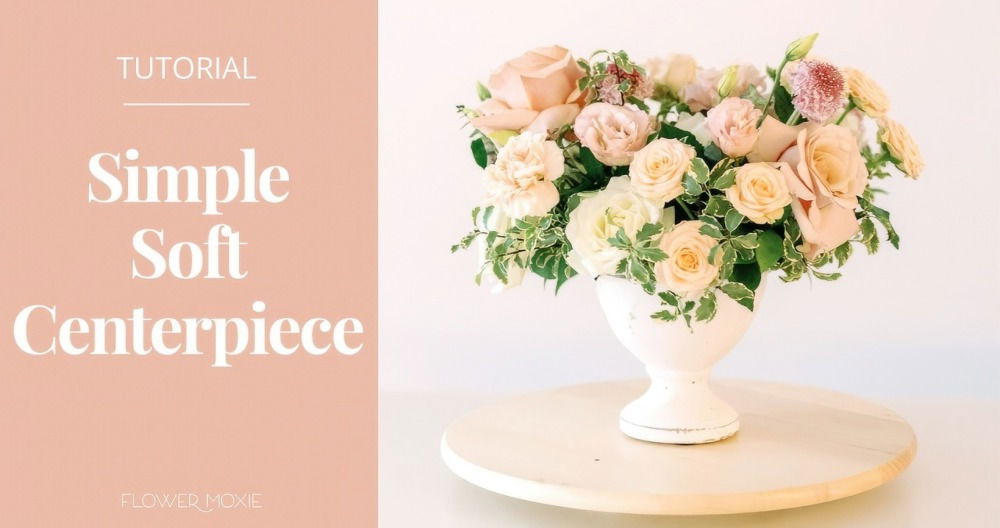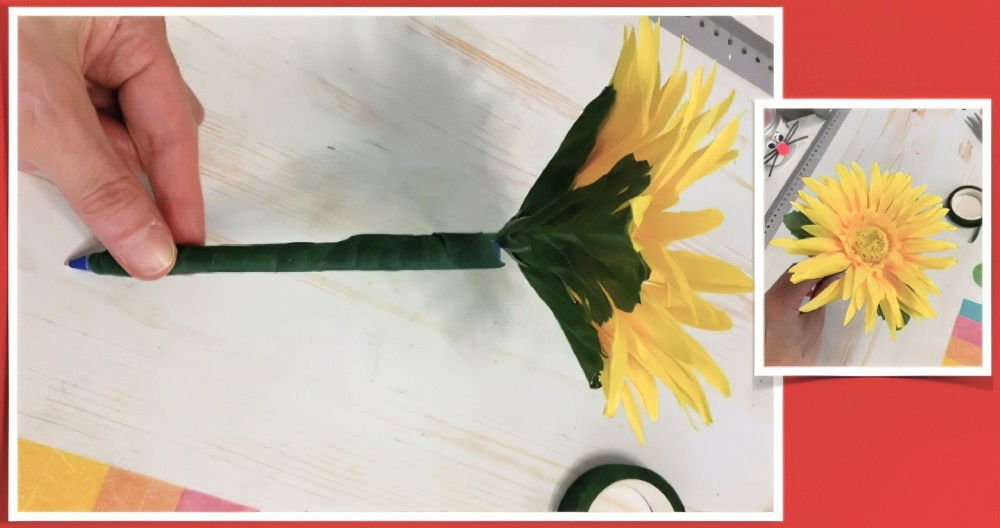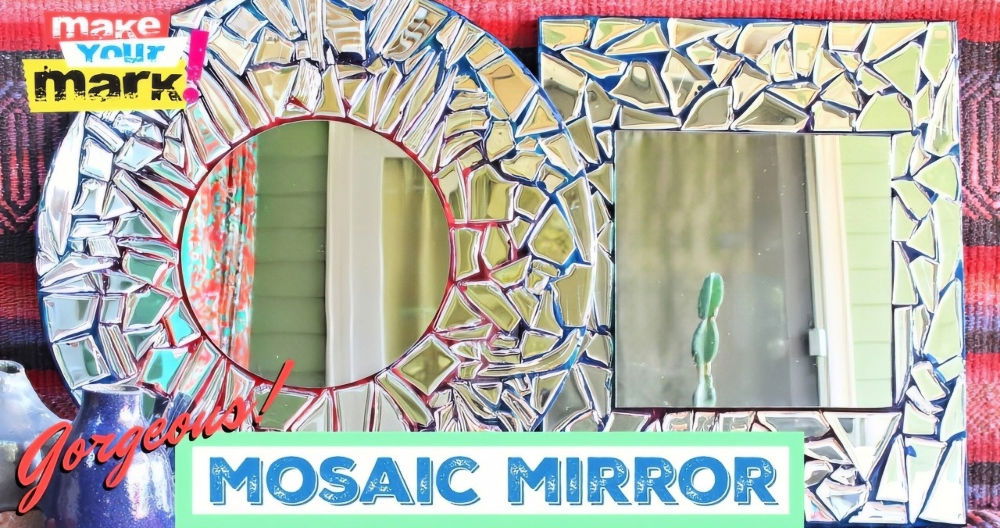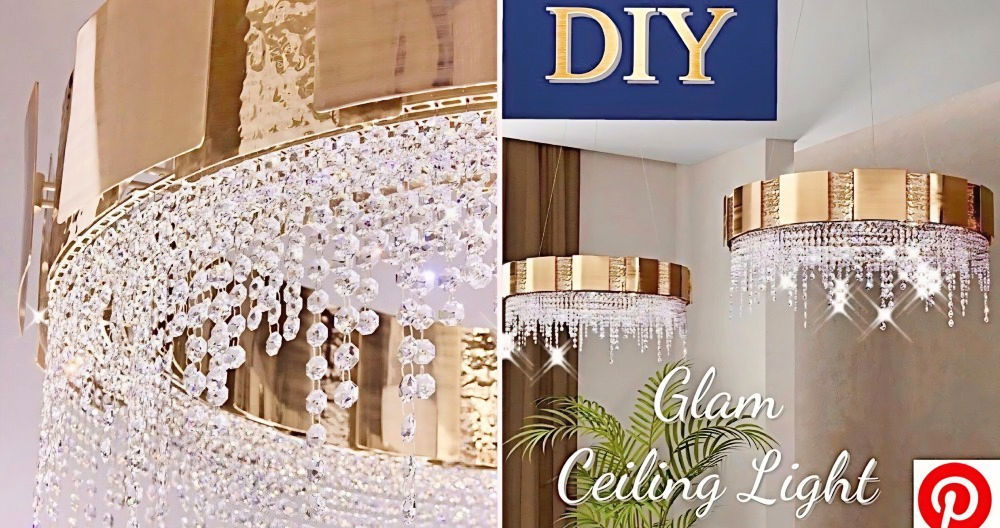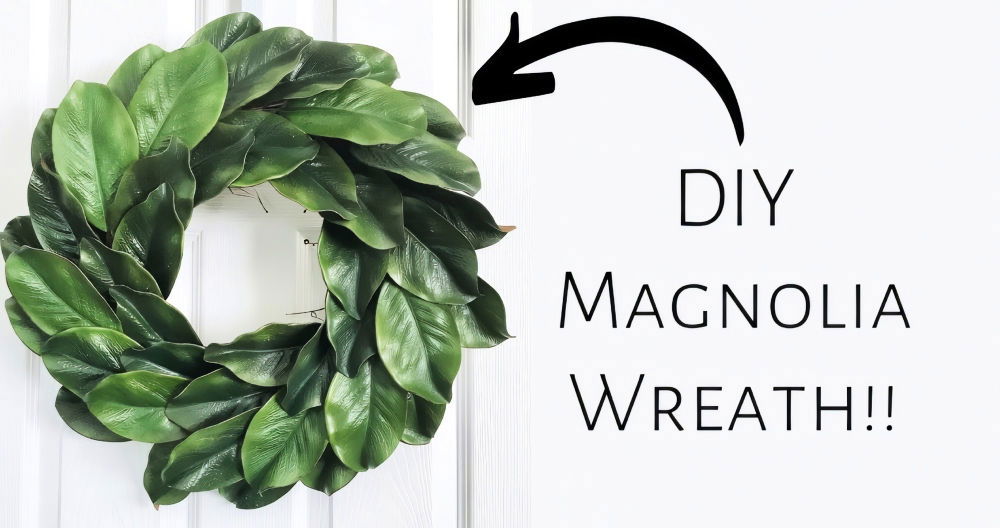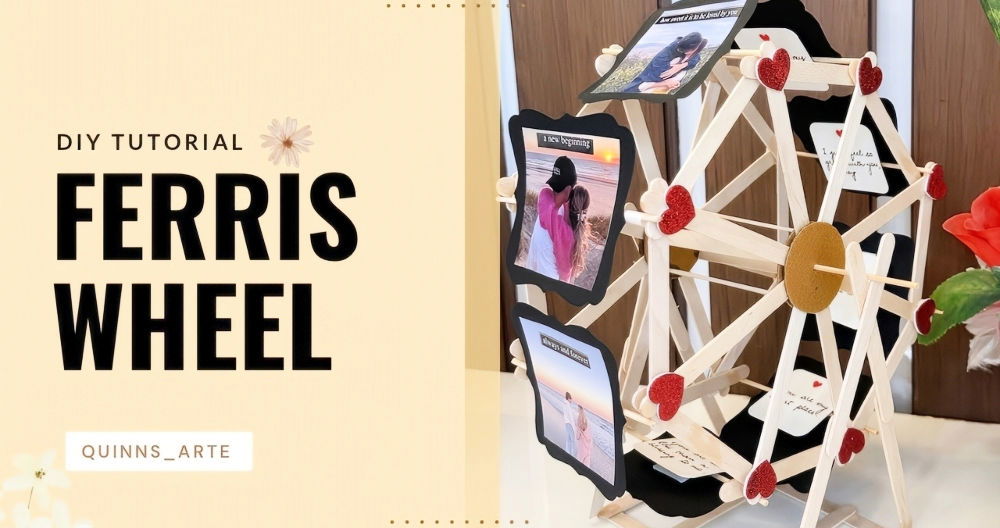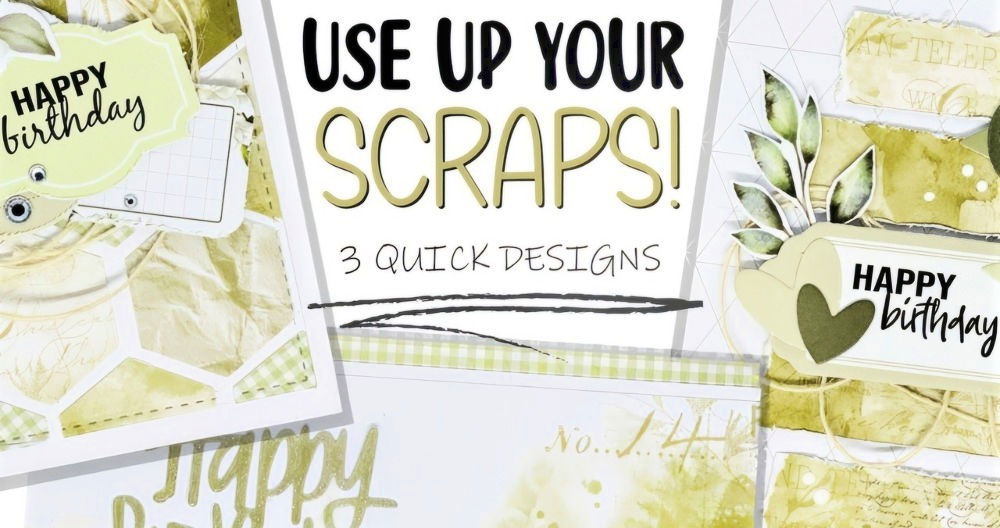Building a DIY puppet theater is a rewarding and engaging project that brings joy to children and adults alike. Whether for family fun, classroom activities, or community events, a puppet theater sparks creativity and storytelling. This guide will show you how to make your very own puppet theater using wooden crates and a few simple materials. Let's get started!
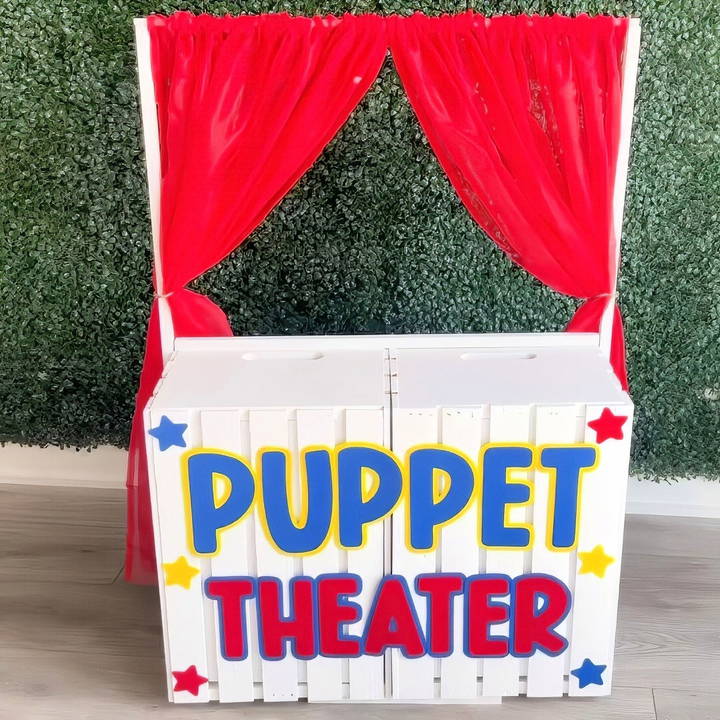
Materials You'll Need
Before starting, gather the following supplies:
- Two wooden crates: Easily found at craft stores like Michaels.
- Wooden dowel rod: One 26.5-inch rod for holding the curtain.
- Hardwood square dowels: Two 36-inch sticks for the side supports.
- One 25-inch stick for the top.
- Two 14-inch sticks for the bottom.
- White foam board: To block visibility through crate slats.
- Red curtain: For the theatrical touch.
- Felt or paper letters: For decoration.
- Paint: Your color choice for the crates and accents.
- Hot glue gun: For assembling parts.
- Hammer and nails: To secure the structure.
- Scissors and box cutter: For cutting the foam board and curtains.
- Measuring tape or ruler: For precise measurements.
- Marker: To mark cutting and nail positions.
Step by Step Instructions
Learn how to build a DIY puppet theater with step-by-step instructions, from preparing crates to adding creative touches and final assembly.
Step 1: Preparing the Wooden Crates
- Paint the Crates: Paint the visible parts of your crates, focusing on the bottom, one side, and the inside if desired.
- Leave areas unpainted if they will not be visible, saving time and materials.
- Allow to Dry: Let the paint dry completely before proceeding. This ensures no smudges during assembly.
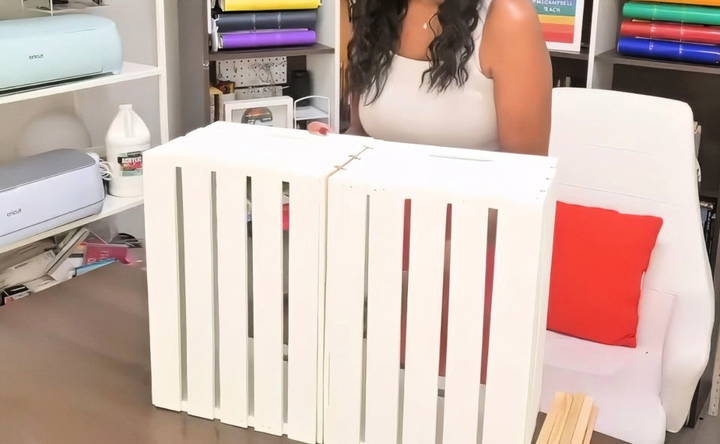
Step 2: Assemble the Base
- Position the Crates: Lay the crates with their open sides facing out. Align them so the tops and sides are flush.
- Attach the Bottom Support: Use the two 14-inch sticks for the bottom. Place one stick across the back, near the bottom of the crates, and the other at the front bottom edge.
- Hammer nails into each end, securing the sticks to both crates.
Step 3: Add Vertical Supports
- Attach Long Sticks: Use the 36-inch sticks for vertical support. Hot glue them to the sides of the crates, ensuring they are evenly aligned.
- Reinforce with Nails (Optional): For added stability, secure these side sticks with nails if the glue alone isn't strong enough.
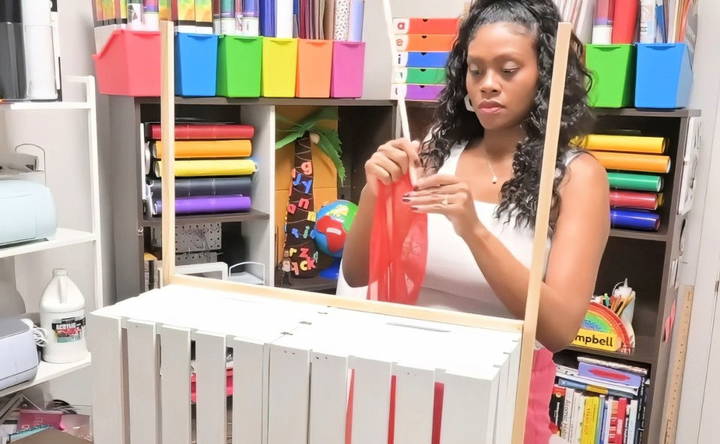
Step 4: Install the Curtain Rod
- Prepare the Curtain Rod: Thread your red curtain onto the 26.5-inch dowel rod. If the curtain is too long, trim it to slightly shorter than the crate height.
- Mount the Rod: Place the rod across the tops of the two vertical sticks.
- Secure it in place with hot glue. If needed, nails can provide additional support.
Step 5: Enhance Visibility Blocking
- Cut Foam Board: Measure and cut pieces of white foam board to fit inside the open slats of the crates.
- Attach the Foam: Use the hot glue gun to fix the foam board to the interior back of the crates. This ensures that the puppeteer remains hidden during performances.
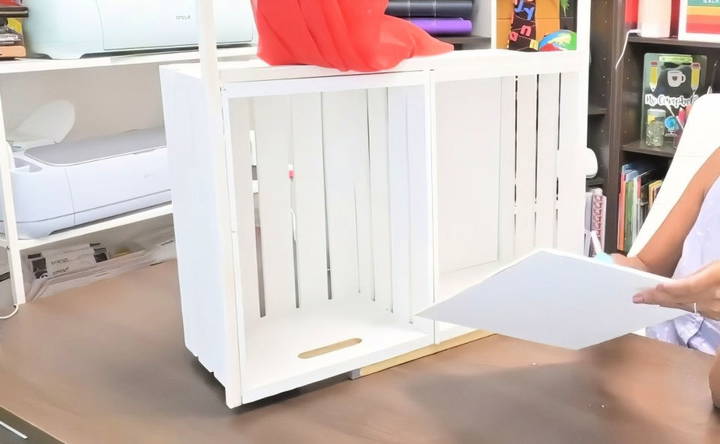
Step 6: Add Personal Touches
- Decorate with Letters: Cut out letters from felt or paper using scissors or a crafting machine like the Cricut Maker.
- Arrange the letters to spell a title or phrase, such as “Puppet Theater.”
- Secure Decorations: Use the hot glue gun to affix the letters to the top front of the crates.
Step 7: Final Assembly and Inspection
- Check Stability: Ensure all nails and glue are secure. The structure should be sturdy and able to handle movement during performances.
- Test the Curtain: Make sure the curtain slides smoothly on the rod. Adjust the length or fit as needed.
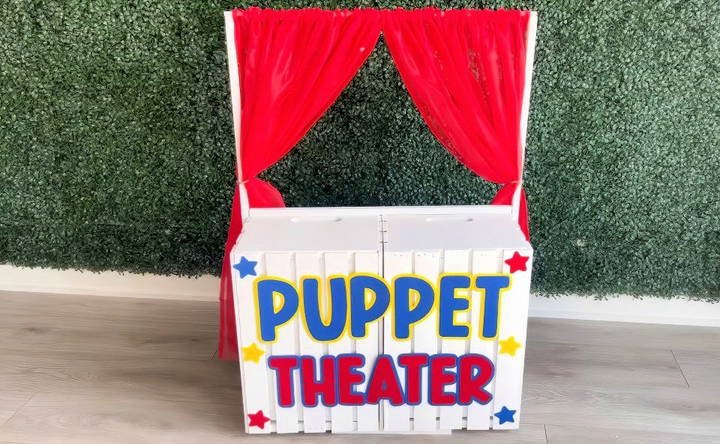
Creative Additions
While the base puppet theater is functional, here are some ideas to elevate its design:
- Paint Accents:
Add painted designs or patterns to the crates for a more whimsical look. - Lighting:
Install small LED string lights around the edges for a theatrical ambiance. - Interchangeable Signs:
Make Velcro-backed signs for changing play titles. - Storage:
Use the crates' interior space to store puppets and props when not in use.
Tips for a Smooth Project
- Safety First:
Use tools like the box cutter and hot glue gun carefully to avoid injury. - Pre-Measure Everything:
Double-check measurements before cutting or nailing for a precise fit. - Work in Steps:
Allow glue and paint to dry completely before moving on to the next stage. - Choose Quality Materials:
Durable crates and sturdy dowels ensure the puppet theater lasts for years.
Enjoying Your Puppet Theater
Once complete, your puppet theater is ready for endless hours of imaginative storytelling. Encourage children to make their own scripts, design puppets, and put on shows for friends and family. It's not just a toy but a portal to creativity and fun.
Take pride in your creation—it's a unique project that showcases your craftsmanship and creativity. Now, grab some puppets and let the show begin!
FAQs About DIY Puppet Theater
Discover answers to common questions about DIY puppet theater, including materials, setup tips, and creative performance ideas.
The total cost depends on the materials you already have. Wooden crates can cost around $10–$15 each, dowels about $2–$5, and foam board $5–$10. Including paint and other supplies, expect to spend $40–$60.
Yes! For a taller theater, use 4 or 6 crates stacked vertically. Ensure stability by securing the crates firmly with longer support sticks or additional nails.
You can cut letters and decorations manually using stencils and scissors or buy pre-cut felt letters from craft stores.
Place a stick or foam underneath the crates while hammering nails. This ensures the structure stays level and prevents misaligned nails.
Yes, but seal the wood with-resistant paint or varnish to protect it from moisture. Store it indoors when not in use to extend its lifespan.
You can use sturdy cardboard, painted wood panels, or even heavy fabric glued inside the crates to block gaps.
Disassemble the vertical supports and dowel rod for compact storage. The crates can double as storage for puppets and props.
Absolutely! Customize the size and design for classroom use. Use additional crates for storage, and make the theater taller if needed.




